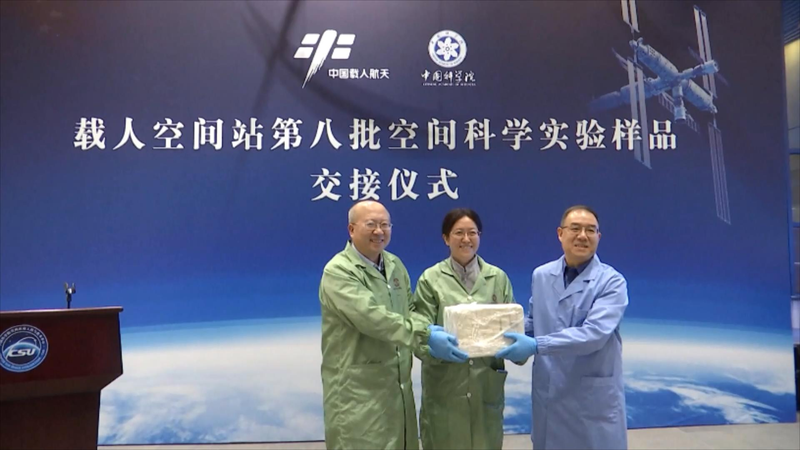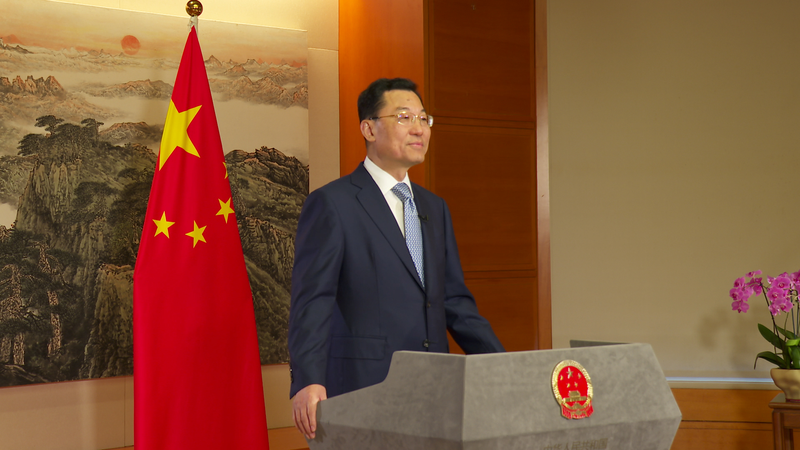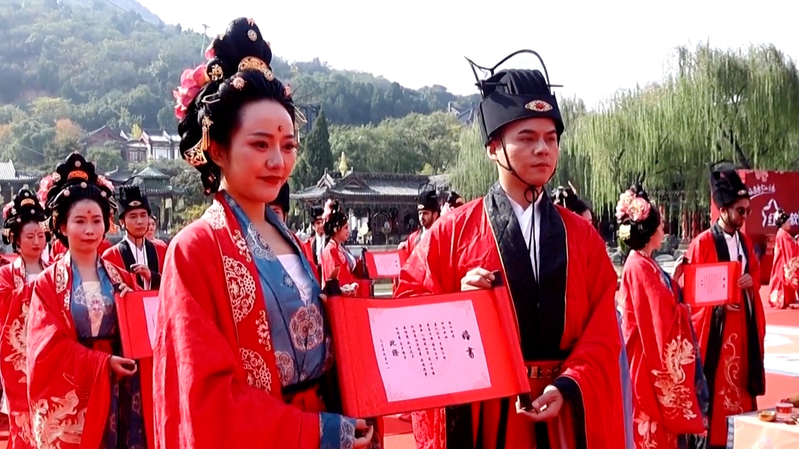In an exciting milestone for space research, samples from China's Shenzhou-19 mission have been handed over to research teams in Beijing. After a six‐month journey, the crew returned with 37.25 kilograms of materials gathered from 25 innovative experiments in space life science, materials science, and new technologies.
Among the collected samples are 20 unique biological specimens, including bone cells, osteoblasts, human bronchial epithelial cells, early embryos, proteins, and even fruit flies. These tiny, yet mighty subjects are key in understanding life beyond Earth, especially under conditions of zero gravity and almost no magnetic field. 🚀
Researcher Li Yan from the Institute of Biophysics at the Chinese Academy of Sciences explained that the in-orbit videos revealed unusual behaviors in fruit flies – such as floating and erratic movements – that could lead to deeper insights into how life adapts in space. Li remarked, "We humans may leave the Earth in the future and explore environments like the moon, Mars, and even interstellar space. Early research like this helps us understand the fundamental changes that living beings undergo in such conditions."
In addition to the biological samples, 22 other materials including high-strength steel and lunar soil reinforcement substances are soon to be examined in Beijing, potentially paving the way for advancements in construction and space technology.
This landmark event not only fuels breakthrough discoveries but also inspires a new generation of explorers and innovators. The future of space research is unfolding, and it promises to be as thrilling as a blockbuster adventure! 🌌
Reference(s):
Samples from Shenzhou-19 space experiments handed over to scientists
cgtn.com




